-
Reagents
- Flow Cytometry Reagents
-
Western Blotting and Molecular Reagents
- Immunoassay Reagents
-
Single-Cell Multiomics Reagents
- BD® AbSeq Assay
- BD Rhapsody™ Accessory Kits
- BD® Single-Cell Multiplexing Kit
- BD Rhapsody™ Targeted mRNA Kits
- BD Rhapsody™ Whole Transcriptome Analysis (WTA) Amplification Kit
- BD Rhapsody™ TCR/BCR Profiling Assays for Human and Mouse
- BD® OMICS-Guard Sample Preservation Buffer
- BD Rhapsody™ ATAC-Seq Assays
-
Functional Assays
-
Microscopy and Imaging Reagents
-
Cell Preparation and Separation Reagents
-
Training
- Flow Cytometry Basic Training
-
Product-Based Training
- BD FACSDiscover™ S8 Cell Sorter Product Training
- Accuri C6 Plus Product-Based Training
- FACSAria Product Based Training
- FACSCanto Product-Based Training
- FACSLyric Product-Based Training
- FACSMelody Product-Based Training
- FACSymphony Product-Based Training
- HTS Product-Based Training
- LSRFortessa Product-Based Training
- Advanced Training
-
- BD® AbSeq Assay
- BD Rhapsody™ Accessory Kits
- BD® Single-Cell Multiplexing Kit
- BD Rhapsody™ Targeted mRNA Kits
- BD Rhapsody™ Whole Transcriptome Analysis (WTA) Amplification Kit
- BD Rhapsody™ TCR/BCR Profiling Assays for Human and Mouse
- BD® OMICS-Guard Sample Preservation Buffer
- BD Rhapsody™ ATAC-Seq Assays
-
- BD FACSDiscover™ S8 Cell Sorter Product Training
- Accuri C6 Plus Product-Based Training
- FACSAria Product Based Training
- FACSCanto Product-Based Training
- FACSLyric Product-Based Training
- FACSMelody Product-Based Training
- FACSymphony Product-Based Training
- HTS Product-Based Training
- LSRFortessa Product-Based Training
- United States (English)
-
Change country/language
Old Browser
This page has been recently translated and is available in French now.
Looks like you're visiting us from {countryName}.
Would you like to stay on the current country site or be switched to your country?


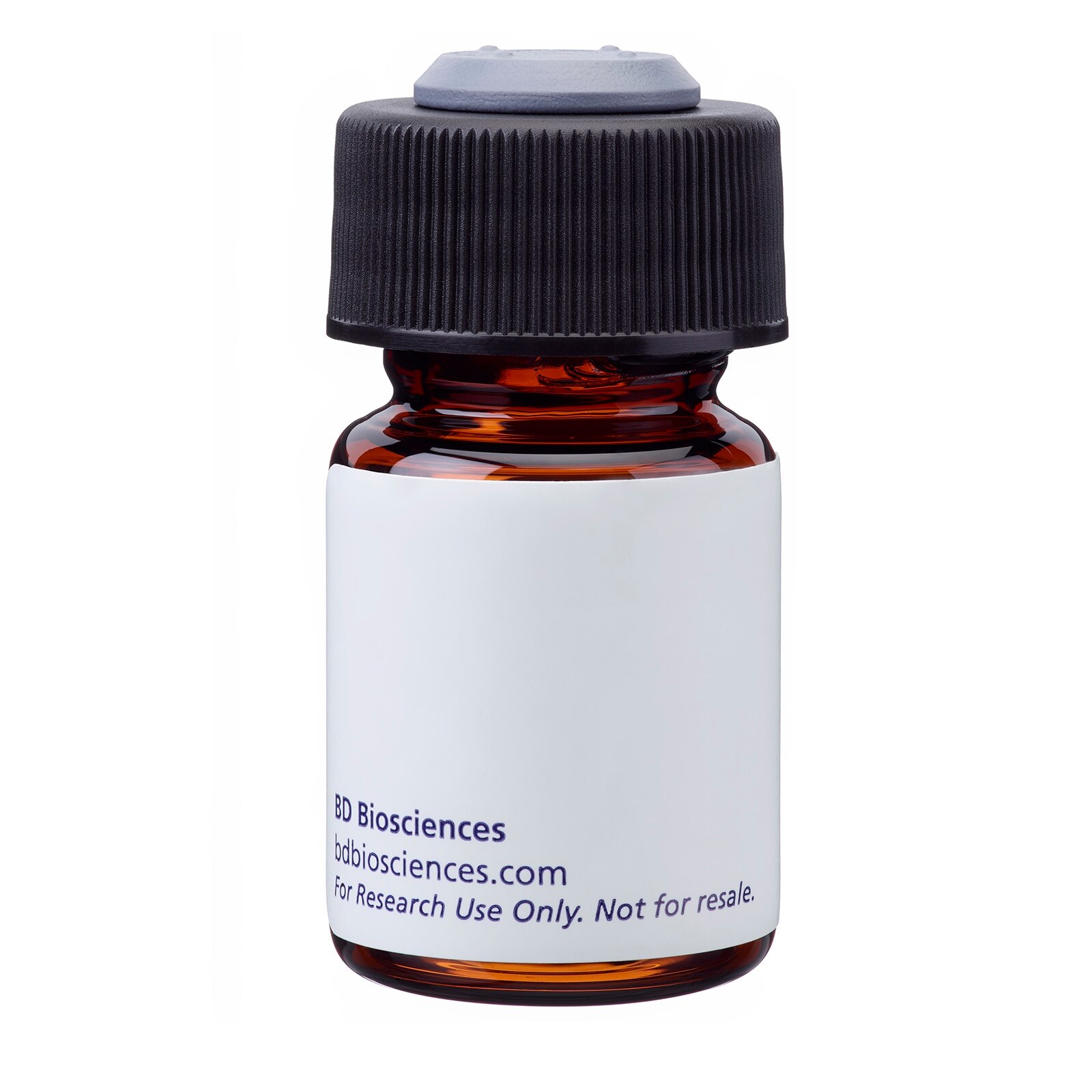

Detection of IL-5 expression by stimulated human CD4+ T cells. Isolated human CD4+ cells were stimulated with immobilized anti-human CD3 (1 µg/ml final concentration; UCHT1, Cat. No. 555329), soluble anti-human CD28.2 antibody (20 ng/ml final concentration; Cat. No. 555725), recombinant human IL-2 (10 ng/ml final concentration; Cat. No. 555605) and recombinant human IL-4 (10 ng/ml final concentration; Cat. No. 554603) for 2 days. The cells were subsequently cultured in medium containing recombinant human IL-2 and recombinant human IL-4 for 3 days. The cells were then harvested and restimulated for 6 hours with PMA (Sigma, Cat. #P-8139) and calcium ionophore A23187 (Sigma, Cat. #C-9275) in the presence of GolgiStop™ (2 µM final concentration; Cat. No. 554724). Finally, the cells were harvested, stained with 0.25 µg of PE-Cy5-anti-CD4 (PE-Cy5-RPA-T4, Cat. No. 555348), fixed, permeabilized, and subsequently stained with 20 µl PE-conjugated rat anti-human IL-5 (PE-JES1-39D10, Cat. No. 559332) by following the usage section above and Pharmingen's staining protocol (left panel). To demonstrate specificity of staining, the binding of PE-JES1-39D10 antibody was blocked by the preincubation of the conjugated antibody with recombinant human IL-5 (0.1 µg; Cat. No. 554606; middle panel), and by preincubation of the fixed/permeabilized cells with unlabeled JES1-39D10 antibody (5 µg/Cat. No. 554487; right panel) prior to staining with the PE-JEs1-39D10 antibody. The quadrant markers for the bivariate dot plots were set based on the autofluorescence control and verified with the recombinant cytokine blocking and unlabeled blocking specificity controls.


BD Pharmingen™ PE Rat Anti-Human IL-5

Regulatory Status Legend
Any use of products other than the permitted use without the express written authorization of Becton, Dickinson and Company is strictly prohibited.
Preparation And Storage
Recommended Assay Procedures
Immunofluorescent Staining and Flow Cytometric Analysis: The JES1-39D10 antibody is useful for immunofluorescent staining and flow cytometric analysis to identify and enumerate human IL-5 producing cells within mixed cell populations. The PE-conjugated JES1-39D10 antibody is especially suitable for these experiments (see Figure). This 100 Test Size formulation of the PE-conjugated JES1-39D10 antibody has been pretitrated to assure effective intracellular detection of human IL-5 using 20 µl/1 x 10e6 cells. For specific methodology, please visit our web site, www.bdbiosciences.com, and go to the protocols section or the chapter on intracellular staining in the Immune Function Handbook.
A useful control for demonstrating specificity of staining is either of the following: 1) pre-block the PE-JES1-39D10 antibody with excess ligand (e.g., human IL-5, Cat. No. 554606) prior to staining, or 2) pre-block paraformaldehyde-fixed/saponin-permeabilized cells with unlabeled JES1-39D10 antibody (e.g., Cat. No. 554488) prior to staining. The intracellular staining technique and use of blocking controls are described in detail by C. Prussin and D. Metcalfe. A suitable rat IgG2a isotype control for assessing the level of background staining on paraformaldehyde-fixed/saponin-permeabilized mouse or human cells is also available in a 100 Test Size formulation PE-R35-95 (Cat. No. 559317).
Important Note: This pretitered antibody solution does not contain a cell permeabilization agent. It is necessary to include a cell permeabilization agent when using the pre-titered antibody solution to stain fixed and permeabilized cells. Perm/Wash™ Buffer (Cat. No. 554723) contains the permeabilization agent saponin and is useful for this purpose as described in the Usage section.
USAGE
1. Resuspend 1 x 10e6 fixed and permeabilized cells in 20 µl of the pre-titered antibody solution and 30 µl of 1X Perm/Wash™ Buffer (Cat. No. 554723).
2. Incubate the cell suspension for 15 minutes (at room temperature or 4°C).
3. Wash twice in 100 µl of 1X Perm/Wash™ Buffer (Cat. No. 554723).
Product Notices
- This reagent has been pre-diluted for use at the recommended Volume per Test. We typically use 1 × 10^6 cells in a 100-µl experimental sample (a test).
- Since applications vary, each investigator should titrate the reagent to obtain optimal results.
- Please refer to www.bdbiosciences.com/us/s/resources for technical protocols.
- For fluorochrome spectra and suitable instrument settings, please refer to our Multicolor Flow Cytometry web page at www.bdbiosciences.com/colors.
- Caution: Sodium azide yields highly toxic hydrazoic acid under acidic conditions. Dilute azide compounds in running water before discarding to avoid accumulation of potentially explosive deposits in plumbing.
- Source of all serum proteins is from USDA inspected abattoirs located in the United States.
Companion Products

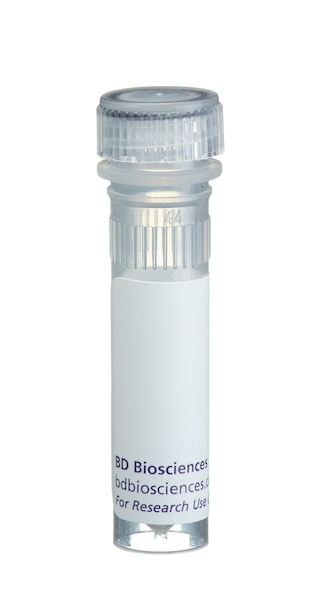

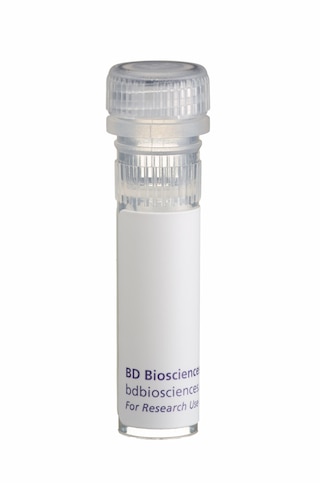
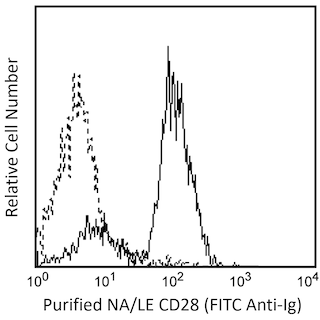
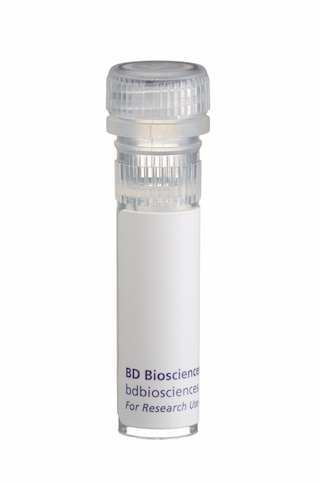
The JES1-39D10 antibody reacts with human interleukin-5 (IL-5). The immunogen used to generate the JES1-39D10 hybridoma was COS-expressed recombinant human IL-5. This is a neutralizing antibody.

Development References (7)
-
Abrams JS, Roncarolo MG, Yssel H, Andersson U, Gleich GJ, Silver JE. Strategies of anti-cytokine monoclonal antibody development: immunoassay of IL-10 and IL-5 in clinical samples. Immunol Rev. 1992; 127:5-24. (Clone-specific: ELISA). View Reference
-
Abrams JS, Silver JE, Van Dyke RE, Gleich GI. Eosinophil-active cytokines in human disease: development and use of monoclonal antibodies to IL-3, IL-5 and GMCSF. In: Gleich GJ and Kay AB, ed. Eosinophils in Allergy and Inflammation. New York: Dekker; 1994:133-157.
-
Butterfield JH, Leiferman KM, Abrams J, et al. Elevated serum levels of interleukin-5 in patients with the syndrome of episodic angioedema and eosinophilia. Blood. 1992; 79(3):688-692. (Clone-specific). View Reference
-
Elson LH, Nutman TB, Metcalfe DD, Prussin C. Flow cytometric analysis for cytokine production identifies T helper 1, T helper 2, and T helper 0 cells within the human CD4+CD27- lymphocyte subpopulation. J Immunol. 1995; 154(9):4294-4301. (Clone-specific: Flow cytometry). View Reference
-
Jung T, Schauer U, Rieger C, et al. Interleukin-4 and interleukin-5 are rarely co-expressed by human T cells. Eur J Immunol. 1995; 25(8):2413-2416. (Clone-specific: Flow cytometry). View Reference
-
Limaye AP, Abrams JS, Silver JE, et al. Interleukin-5 and the posttreatment eosinophilia in patients with onchocerciasis. J Clin Invest. 1991; 88(4):1418-1421. (Clone-specific). View Reference
-
Prussin C, Metcalfe DD. Detection of intracytoplasmic cytokine using flow cytometry and directly conjugated anti-cytokine antibodies. J Immunol Methods. 1995; 188(1):117-128. (Methodology: IC/FCM Block). View Reference
Please refer to Support Documents for Quality Certificates
Global - Refer to manufacturer's instructions for use and related User Manuals and Technical data sheets before using this products as described
Comparisons, where applicable, are made against older BD Technology, manual methods or are general performance claims. Comparisons are not made against non-BD technologies, unless otherwise noted.
For Research Use Only. Not for use in diagnostic or therapeutic procedures.
Report a Site Issue
This form is intended to help us improve our website experience. For other support, please visit our Contact Us page.